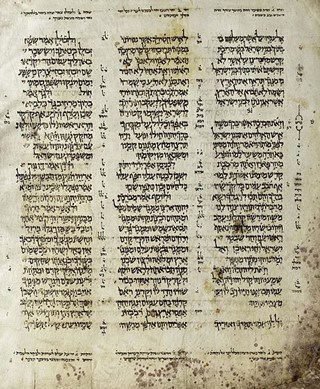Judaica Design – From Ancient Judaica to Modern Judaica
Table of Contents

carried from Jerusalem, as it is displayed on the Arch of Titus
(Anu Museum, Tel Aviv)
Judaica – Medieval Times: Flourishing Through Diaspora
During the medieval period, as Jewish communities spread across Europe, Judaica items evolved, incorporating local artistic styles and materials. One significant example is the illuminated manuscript of the Haggadah, used during the Passover Seder.
The Sarajevo Haggadah, created in 1350 in Spain, is renowned for its rich illustrations and historical significance, now preserved at the National Museum of Bosnia and Herzegovina. Another noteworthy item is the Torah Crown, a decorative piece placed on the Torah scrolls. The Italian Jewish Museum in Jerusalem features exquisite Judaica items, among them a 18th-century Torah Crown made of silver and adorned with intricate designs, reflecting the craftsmanship of Jewish artisans in Europe.
Modern Judaica: Adaptation and Innovation

The 19th and 20th centuries saw a transformation in Judaica items, influenced by the Enlightenment and modernist movements. Synagogues began to commission unique, artistically significant Judaica pieces. One such example is the Judaica collection at the Jewish Museum in New York, which includes contemporary Kiddush cups, mezuzahs, and Shabbat candlesticks crafted by renowned artists.
A notable modern piece is the Hanukkah Lamp by Ludwig Wolpert, a Bauhaus-influenced design reflecting simplicity and functional beauty. This period also saw the production of commemorative Judaica items, such as the silverware created by Jewish artisans who survived the Holocaust, embodying resilience and memory.

bronze cast menorahs
mid- 20th century
with traditional designs
Unique and Rare Judaica: The Aleppo Codex
Among the most treasured Judaica items is the Aleppo Codex, an ancient Hebrew manuscript of the Jewish Bible, written in the 10th century CE. It is considered the most authoritative and accurate version of the Masoretic text.

Shrine of the Book at the Israel Museum
The Codex resided in Aleppo, Syria, for centuries before being smuggled to Israel in the 1950s. Today, it is kept in the Shrine of the Book at the Israel Museum. The Aleppo Codex’s historical and religious significance, combined with its journey through time and conflict, makes it an irreplaceable artifact in Jewish history.
Contemporary Innovative Judaica Designer
A contemporary and unique contribution to the world of Judaica design comes from SaltwareDesign, an Israeli designer’s studio that creates Judaica items using Dead Sea salt. This innovative approach merges traditional Jewish symbols with natural materials from a region of profound historical and religious significance.

includes candle holders,
Kiddush cup and herbal vase.
Their collection includes candlesticks, Kiddush cups and menorahs crafted from pure Dead Sea salt, each piece showcasing the beauty of the mineral. These items not only serve a religious function but also act as Judaica art or designed pieces that celebrate the connection between the Jewish people and the Land of Israel.
The use of Dead Sea salt imbues these Judaica design items with a unique aesthetic and a deep symbolic resonance, reminding users of the ancient and enduring relationship between the Jewish faith and its historical roots. SaltwareDesign has an online Judaica store and its Judaica items are sold worldwide in Jewish museums stores.
Judaica: Now and Then
The history of Judaica items is a testament to the enduring faith and cultural richness of the Jewish people. From ancient scrolls and menorahs to modern art pieces and rare manuscripts, these Judaica designs tell the story of a community’s journey through time, preserving its traditions and innovations for future generations.

Museums around the world continue to celebrate and protect these treasures, ensuring their legacy endures. The innovative works of SaltwareDesign demonstrate how contemporary artists can draw upon natural resources and historical significance to create Judaica design that speaks to both tradition and modernity.
Table of Contents

A Unique Hanukkah Menorah Gift

Salt -The Culture Story


